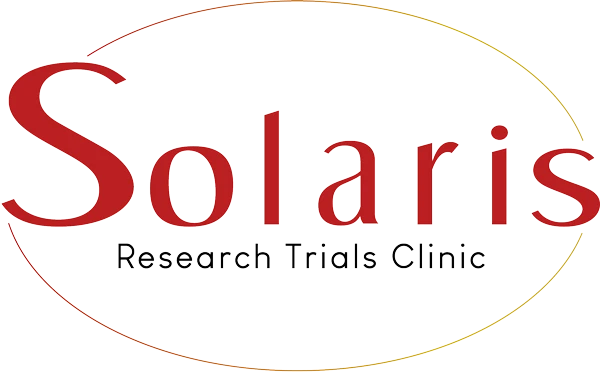
Before start reading my blog, answer this question please:
What drives patient management?
Before providing my response to this question, let me start with sharing my statement, then with explaining the reasons behind my statement, providing my perspective response to the question and conclude with next steps.
Statement:
Digital pathology (DP) is here to stay.
I am stating this, as I believe in digital health and digital pathology.
Here is why:
When attending conferences, reading and researching articles, having interpersonal, interconnected, engaging and insightful conversations with you, I have been observing that precision medicine is showing trends in personal care and a shift to home based care making use of platforms, data and digitization.
I think this is not new to many of you. What I want to highlight is that I am observing an increased use of digital pathology to discover new drugs and to advance drug optimization, next to genotyping. This in turn is contributing to dedicated research executed by a growing number of digital pathology companies.
My perspective response:
If you know me, then you would not be surprised that I am saying:
let’s accelerate this, let’s show the true value of DP by implementing and applying it in translational medicine.
Reason why I bring this up now, is that I want to push the envelope, and I want to push it with you to better serve our patients. I need your help to ensure that what currently is being invested in genotyping, will also be invested in digital pathology to optimize phenotyping.
Both genotyping and phenotyping is used in translational medicine and clinic. Both are essential, and phenotyping can be advanced further when using DP. Honestly, at this moment by not using DP for phenotyping we are missing out of the opportunity to optimize patient care. We need to accelerate the optimization of phenotyping because genotyping alone:
- does not tell us where the margin is,
- can not assess the tumor micro environment,
- can not assess the by the human eye invisible pathogenic morphologic features,
- cannot assess proteins, and
- many more things it can not do what phenotyping can do.
For example a mole, breast or colon, all can have a BRAF mutation, but their treatment will not be the same. In other words, at this moment morphology drives treatment decisions, not DNA.
Next step:
Therefore, we need to focus on clinical utility of DP. We already know that DP contributes to discovery of new biomarkers (BM) and advancing BMs. We also know it has potential to developing these into companion diagnostics (CDx).
Let’s now take the next step on our road towards clinical utility by implementing DP in translational medicine. This is an enabler to implement and apply DP more efficiently and effectively in clinic.
Please contact me via the contact link on this website to push the envelope with me and make it a success together!



